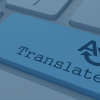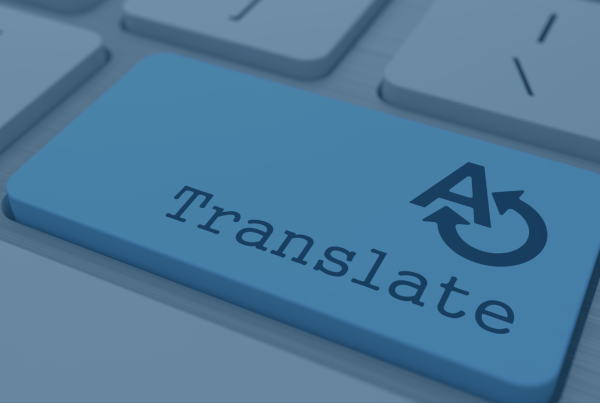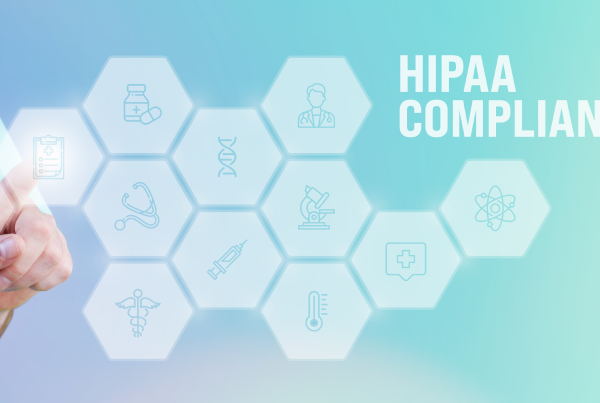Accessibility in Healthcare
Accessibility has become a focal point in the healthcare industry, with compliance regulations driving significant changes in how organizations communicate. Section 1557 of the Affordable Care Act (ACA) has set new standards for inclusion, impacting essential materials like the Annual Notice of Change (ANOC) and Evidence of Coverage (EOC). These changes reflect a shift toward more inclusive communications that align with regulatory demands. In this blog, we’ll explore how these standards are transforming the way healthcare organizations connect with their members.
What is Section 1557 of the ACA?
Section 1557 of the Affordable Care Act (ACA) is a regulation aimed at preventing discrimination in healthcare settings, protecting individuals from being treated unfairly based on race, color, national origin, sex, age, or disability, fostering equal access to healthcare services and information.
A key focus of Section 1557 is accessibility, requiring healthcare organizations to make materials usable for everyone. This includes offering translations for those with limited English proficiency and providing alternate formats, such as braille, large print, or audio, for individuals with disabilities.
Why Compliance Matters in ANOC & EOC Materials
The Annual Notice of Change (ANOC) and Evidence of Coverage (EOC) are two of the most important documents provided to healthcare plan members. They explain key details about plan benefits, changes, and coverage, making them critical tools for helping members make informed decisions about their healthcare.
Members with limited English proficiency or disabilities rely on translations and alternate formats to fully understand their options. Failing to provide these accommodations can lead to confusion, missed deadlines, or even legal challenges for healthcare organizations.
How Section 1557 Impacts ANOC & EOC Material
Prohibition of Discrimination
- No exclusion, denial of benefits, or unequal treatment based on race, color, national origin, sex, age, or disability.
Language Accessibility
- Translate key documents into any non-English language spoken by at least 5% of the population or 1,000 individuals, whichever is smaller, in the service area.
- Include taglines in at least the top 15 languages spoken by LEP individuals in the state or service area, informing members about free language assistance services.
- Offer qualified interpreters for oral communication, ensuring fluency in the necessary languages and understanding of medical terminology
.Alternate Formats for Individuals with Disabilities
- Make documents available in braille, large print, and audio formats.
- Ensure digital materials are accessible, such as screen-reader compatibility.
Notices of Nondiscrimination
- Include notices that outline members’ rights under Section 1557.
- Inform members of available language and disability assistance services.
Taglines
- Provide brief statements in at least 15 languages commonly spoken in the area, informing members of free language assistance services.
Effective Communication
- Ensure all communication, including websites, call centers, and printed materials, is accessible to individuals with disabilities and LEP.
Grievance Procedures
- Establish and publicize procedures for members to file complaints related to discrimination or lack of accessibility.
Equal Access for All Genders
- Provide equal treatment and access to services regardless of gender identity.
- Protect individuals from discrimination based on pregnancy, childbirth, or related medical conditions.
Compliance Documentation
- Maintain records demonstrating compliance with Section 1557.
- Submit required data and reports to regulatory authorities as necessary.
Employee Training
- Train staff on non-discrimination practices, language access services, and how to assist individuals with disabilities.
Best Practices for Compliance
Meeting the requirements of Section 1557 requires thoughtful planning and execution. Here are some key practices healthcare organizations can follow to ensure compliance and create accessible materials:
- Assessing Needs Thoroughly
Start with a detailed assessment to identify the language and format requirements of the populations you serve. This includes analyzing demographic data to determine the most commonly spoken languages and understanding the accessibility needs of individuals with disabilities. - Partnering with Experts
Collaborate with professional translation and localization services to ensure that materials like ANOC and EOC documents are accurate and culturally appropriate. Experienced providers can handle complex projects while maintaining the level of quality required for compliance. - Prioritizing Accuracy and Timeliness
Timely delivery of beneficiary communications is critical. Develop clear workflows to ensure all translated materials and alternate formats are distributed on schedule without compromising accuracy. - Leveraging Technology
Utilize tools like translation management systems to streamline workflows, maintain consistency across materials, and track progress. These systems can help reduce errors and improve efficiency, particularly when working with large volumes of documents.
Partnering with Propio for ANOC & EOC Compliance
Propio partners with healthcare organizations to simplify the complexities of compliance and accessibility. With expertise in translation, localization, and interpretation services, Propio provides the tools and resources needed to meet Section 1557 requirements effectively. From needs assessments to professional translation and technology-driven solutions like translation management systems, we help ensure that your ANOC, EOC, and other vital communications are accurate, timely, and accessible to all members. Contact us today to learn more.








